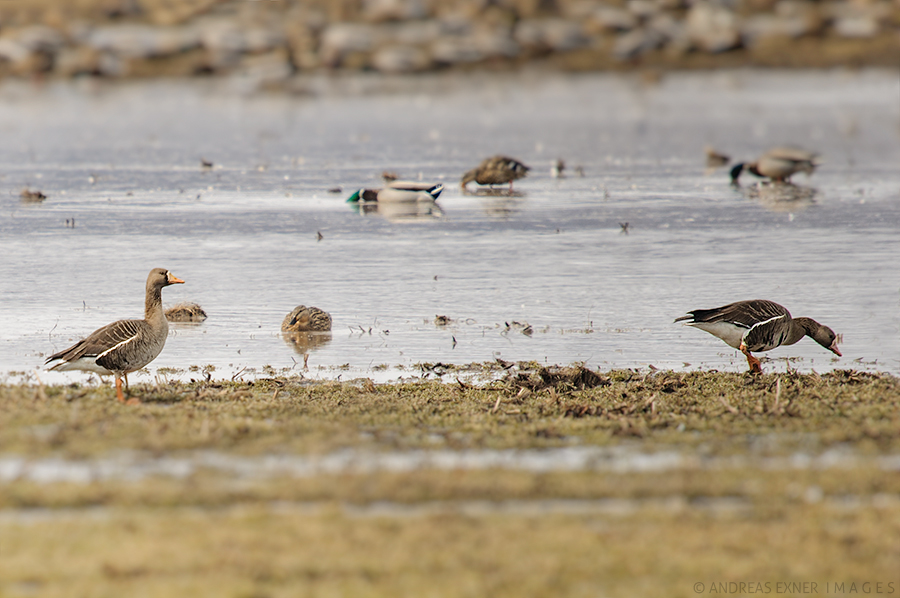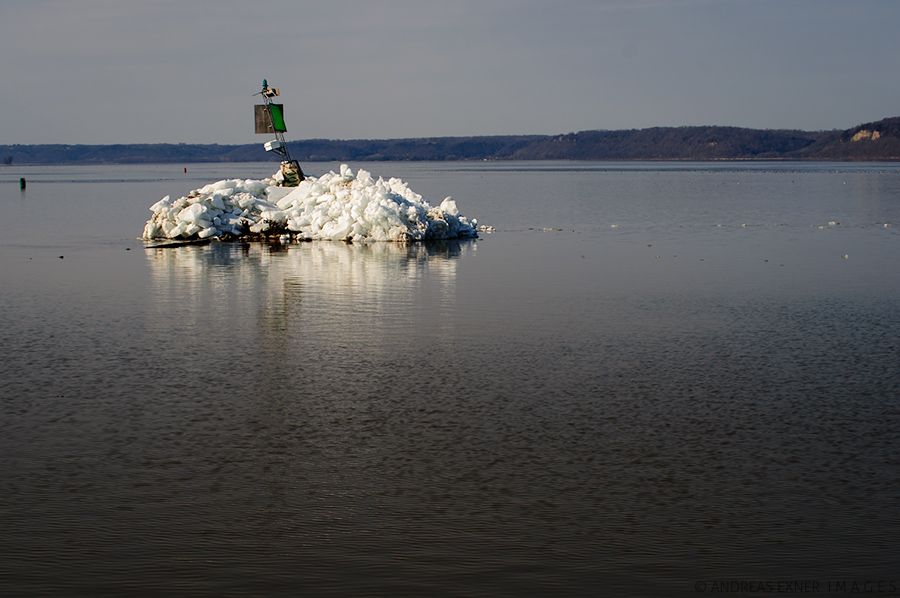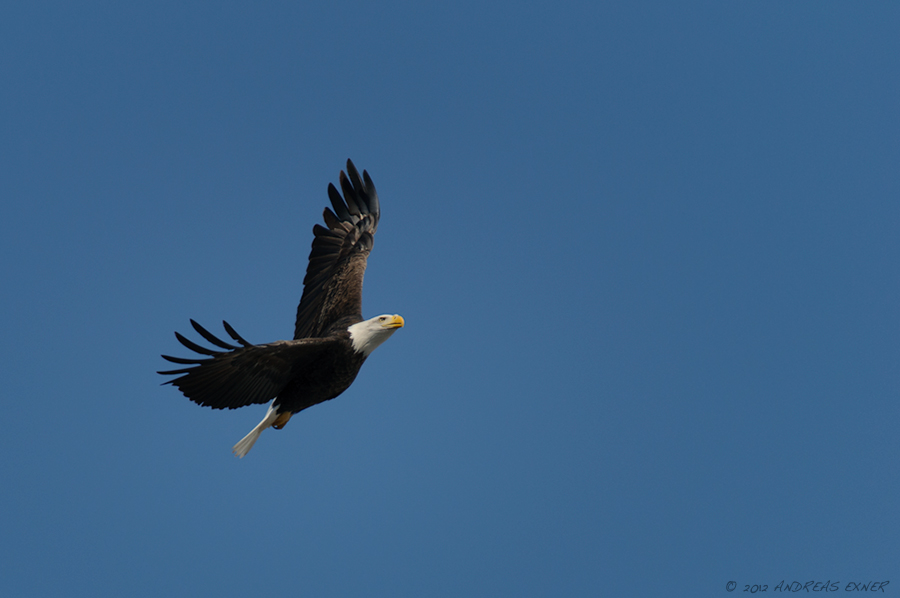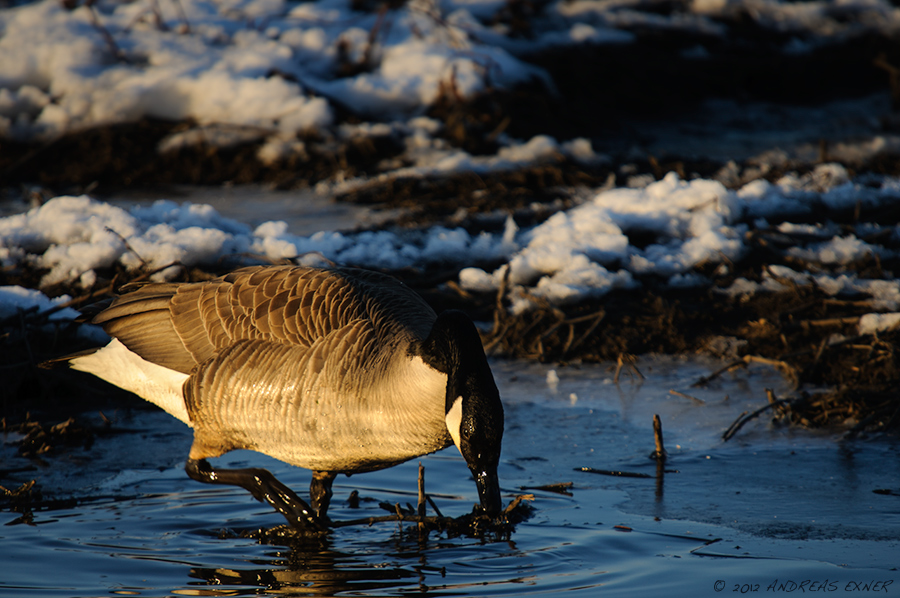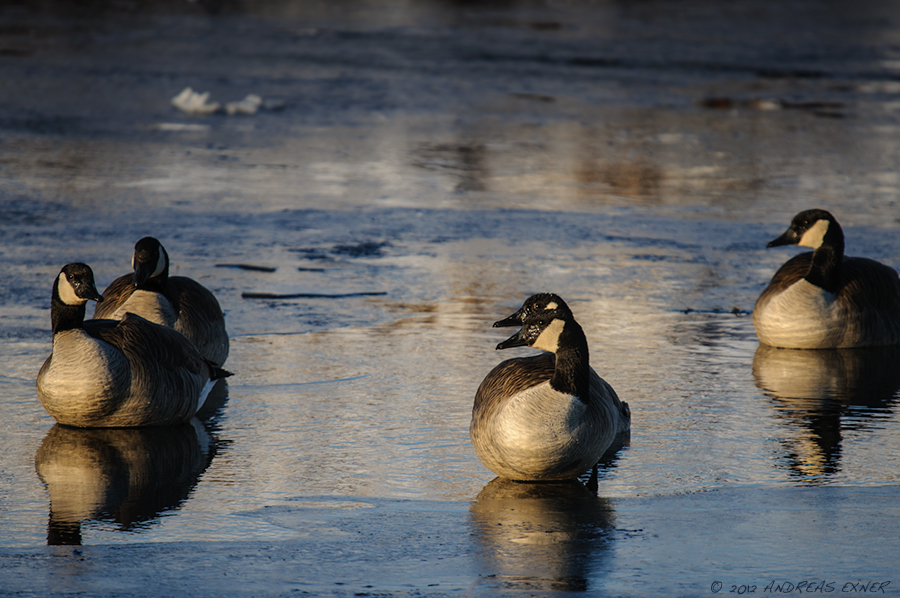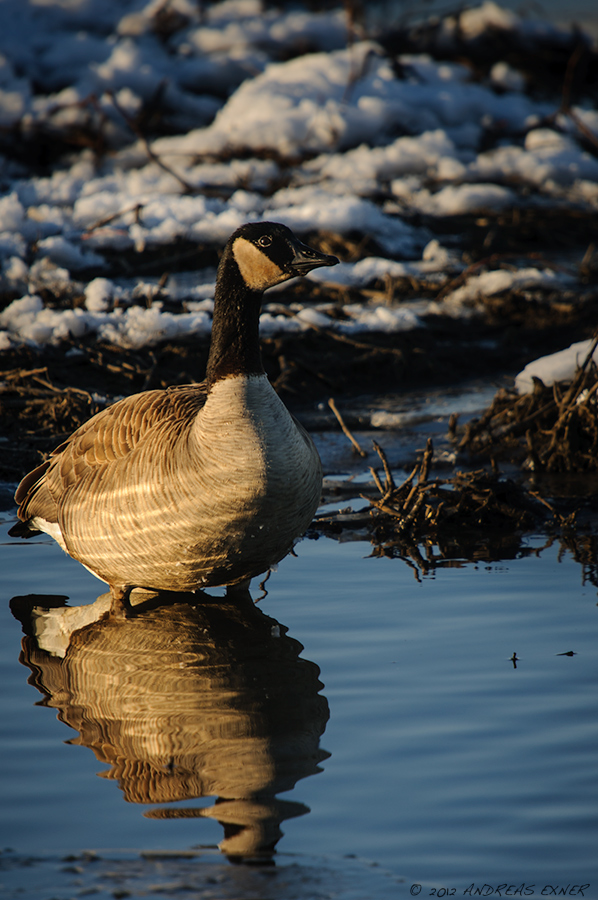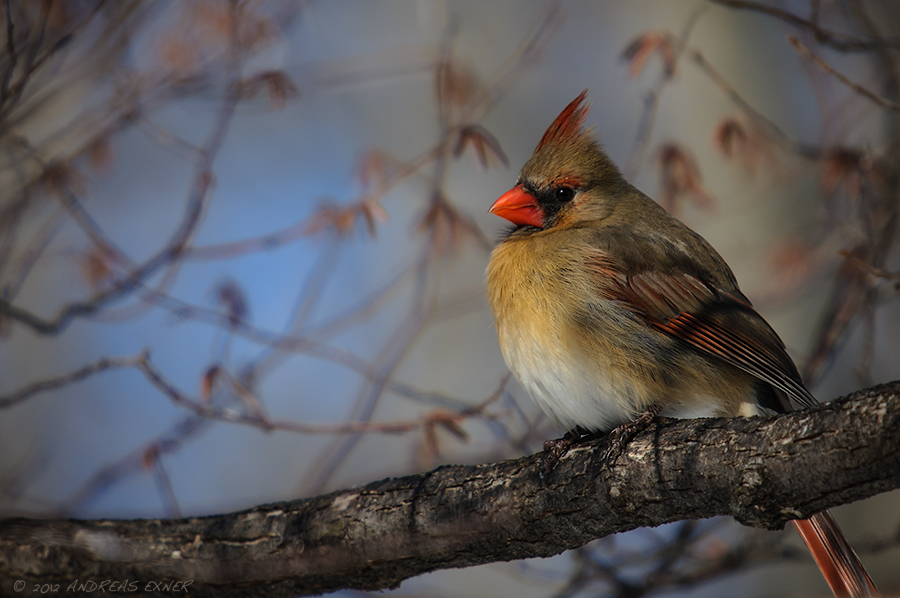
- Nikon D300s, Sigma 50-500mm / f4.5-6.3 APO DG HSM
This photo gives you maybe an idea what problems the photographer had to face in the Green Island Wetlands today. First, the wind was blowing very strong and even shooting from a car wasn't easy. The wind was shaking the car quite hefty and my keeper rate for sharp images dropped below average. Second, there was always some dust in the air and changing lenses was not really the smartest thing to do. I left my 50-500 on camera all day long. And third, the birds kept a good distance to the levees where I was shooting from.
Here comes the good news. Migration is in full swing and many birds that will spend the summer here in Eastern Iowa have already arrived. I had a blast watching the White Pelicans furiously fishing, even if it was quite a bit away. I saw from a distance a group of Northern Shovelers. Too far for a picture but this will change soon. The image below is from last year.

I worked for an hour along a mud bank with a season of Killdeer. Many clicks, some of them sharp, but I still don't really like any of them. Mud is not the best background and today it reflected the blue sky in a way I didn't like. It was way too harsh. Shooting from the car on top of the levee means you always shoot from slightly above. I was not able to eliminate the reflections by changing my shooting angle. Leaving the car is not really an option. The birds tolerate the car, but as soon you get out they will fly away.
Last not least, I made a first sighting today. It was a small group of Greater White-fronted Geese. I didn't know that until I had a closer look at the pelican photos on my screen at home. The photo above shows three of them on the left hand side. There were actually three more outside of the frame. The original files have enough resolution to zoom in and to identify the birds. They are probably a subspecies, flavirostris, the "Greenland" White-fronted Goose. This subspecies is darker and have an orange bill instead of pink.
On my way home I stopped briefly at the Mill Creek Ponds, west of Bellevue, Iowa. A pair of Trumpeter Swans made it home again, as already during the last two years, and it looks like I can continue my reports about them at this location. I really wonder if this is the same pair (probably) and if their young one made it through the winter? I also saw two male and a female Hooded Merganser in one of the ponds. Looks like new photo adventures are just waiting for us…



 Today we got reminded that we are still in the middle of winter. Lots of snow fell during the morning until noon. Well, I call it ideal weather for bird photography! The snow drives the birds to the feeders and water sources that we provide for our feathered friends. Snow flakes create always a nice dynamic in the photo and help to tell the story about survival in harsh weather conditions and this is why I like this kind of weather for shooting birds around the house.
Today we got reminded that we are still in the middle of winter. Lots of snow fell during the morning until noon. Well, I call it ideal weather for bird photography! The snow drives the birds to the feeders and water sources that we provide for our feathered friends. Snow flakes create always a nice dynamic in the photo and help to tell the story about survival in harsh weather conditions and this is why I like this kind of weather for shooting birds around the house.



